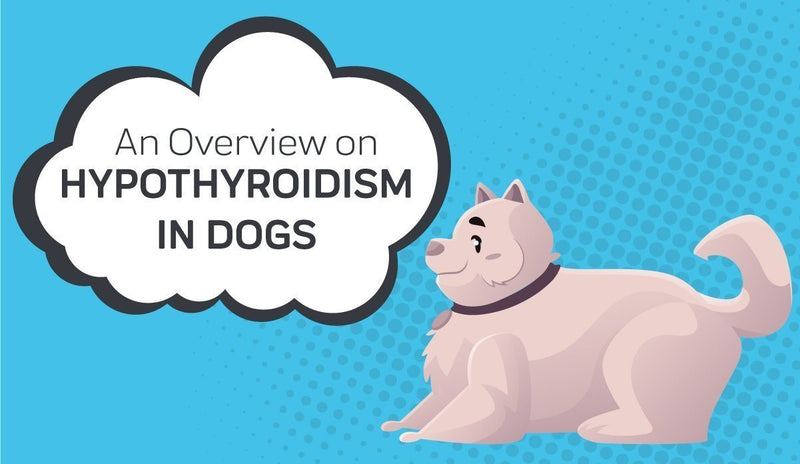- How Does a Cat Contract Rabies?
- What Are the Symptoms of Rabies in Cats?
- How Rabies in Cats is Diagnosed?
- How To Treat Rabies in Cats
- How To Prevent Rabies in Cats

The thought of your cat developing rabies scares all pet owners. The virus is super contagious, putting you and others at risk of rabies infection.
The virus also puts your cat’s life in danger. Once symptoms set in, rabies is almost always fatal.
As a cat owner, you should be informed about the rabies virus. Many people don’t realize what exactly it is or how their pet can contract. They may also not be aware of the symptoms or diagnosis process.
Perhaps most importantly, not many pet owners know how to prevent rabies or what to do if their cat is bitten by a rabid animal.
That’s why we’re here to help. This article addresses all of these points and more. Read on to become a more informed cat owner and keep your feline friend safe!
How Does a Cat Contract Rabies?

Rabies is a virus that impacts the nervous system. It can infect any mammal (humans, dogs, cats, etc.). Once symptoms set in, the disease is almost always fatal.
The rabies virus is also highly contagious. Most commonly, an infected animal gives the virus to another creature, which could be your cat. The virus can also transmit if an animal’s mucous membranes or open wound comes into contact with an infected animal's saliva.
Typically, cats contract rabies when they are exposed to wild animals. They may be bitten by foxes, skunks, raccoons, etc. They may also be bitten by stray animals that were not vaccinated.
What Are the Symptoms of Rabies in Cats?
When a rabid animal bites your pet, it will not show symptoms immediately. The typical incubation period (the time between the initial bite by a wild animal and the development of symptoms) is a few weeks to two months. However, it can be up to a year before the symptoms appear.
The length of incubation depends on factors, including:
- How severe the wild animal bite was
- How close the bite was to the brain and spinal cord
Once incubation is over, your pet shows symptoms throughout the following three stages:
Prodromal Stage
The prodromal stage occurs within the first 2 to 3 days of symptoms. During this stage, the animal experiences a sudden, severe change in personality. If it was previously outgoing, it might become timid. If it was previously shy, it might become energetic or agitated.
Other notable symptoms during the prodromal stage include:
- Licking or pawing at the infection site
- Change in voice caused by the larynx beginning to spasm
Furious Stage
The furious stage takes place during the next 1 to 7 days. is when a cat presents the biggest threat to others. The animal becomes increasingly aggressive and hyper-responsive to stimuli. It appears disoriented and may experience hallucinations. If enclosed, it will attack the bars of the cage.
During the furious stage, a cat may also show the following symptoms:
- Dilated pupils
- Alert posture
- Loss of fear
- Lack of muscle coordination
- Seizures
Paralytic Stage
During this final stage, paralysis will set it. The cat will be unable to swallow because of a paralyzed larynx. This leads to the drooling and foaming at the mouth that we often associate with rabies. The muscles that control breathing will also become paralyzed, leading to death.
How Rabies in Cats is Diagnosed?
The direct fluorescent antibody test is the most effective method for diagnosing rabies. However, veterinarians can only do this test once the animal is dead.
Currently, there is no way for your cat to be rabies diagnosed accurately. One might argue that you can look for symptoms, but the problem with this is that:
- Symptoms don’t occur in an animal exposed to rabies until well after they were bitten.
- Once the symptoms present themselves, the disease is almost always fatal.
- You may confuse symptoms as other signs of other diseases.
How To Treat Rabies in Cats

Unfortunately, once an animal shows symptoms, the rabies virus is almost always fatal.
If your cat was exposed, it’s important to act fast. Start by calling your local animal control. They will come get the wild animal and advise you what to do next.
Animal control will likely tell you to take your cat to the vet ASAP. They should tell you how to use caution to prevent contracting the virus yourself.
The vet will evaluate your cat and decide on the best course of action. Their plan will largely depend on whether your cat has had a rabies vaccine and its vaccination status:
- If it is up to date on its rabies vaccine, your vet will revaccinate it immediately. You should keep the animal under your control and observe it for 45 days.
- If it is overdue for booster shots, it can be revaccinated as long as there is documentation that they have been vaccinated before. As with the previous case, you should observe the animal for 45 days.
- If it has never had a rabies vaccine, it should be euthanized immediately.
If at any point your cat develops signs of rabies after a bite, it should be euthanized immediately. Your vet will alert the appropriate local authorities and test the body to deliver an accurate diagnosis.
How To Prevent Rabies in Cats
Seeing as there is no cure, you should strive to prevent rabies in your cat in the first place. This will save you much trouble and heartache later on.
One of the most important things you can do as a cat owner is vaccinating your cat against rabies. Cats can get their rabies shots as young as two months old. Depending on individual circumstances, they will need booster shots every 1-3 years.
To further prevent rabies, make your cat an indoor cat. This will decrease the chances of it coming across a rabid animal. If you take it outside, consider using a leash. And, if you let it use the backyard, build a fence to keep out wild animals.
Sources:
RabiesCaring for a client’s animal that may have been exposed to rabies
















